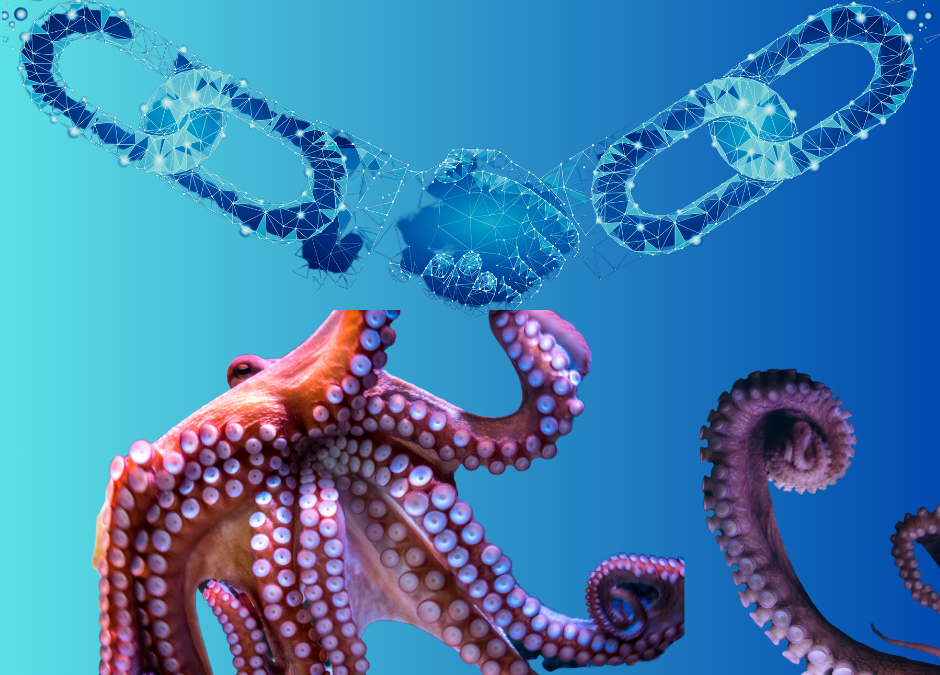Traceability is worth attention
In today’s globalized world, every industry faces increasing scrutiny, not only for the quality of its products but also for the transparency and traceability of its supply chain.
Seafood industry is not immune either with regard to the above, with seafood fraud being a widespread problem across the world. Oceana and the World Economic Forum reported in 2019 that in the US alone, 21% of sold fish are being mislabeled, which means that one species is replaced with another, cheaper species, when sold and 30% of restaurants and shops are affected by such distribution issues.
The seafood supply chain is a complex web that extends from oceans, rivers, and aquaculture farms to our dining tables. With seafood products traversing vast distances and changing hands multiple times, ensuring the authenticity, quality, and sustainability of these products has become an intricate challenge. In this context, traceability is the beacon that guides us through these murky waters.
So, what is traceability really all about?
It is usually agreed that traceability means constantly knowing and being able to control where a product is, where its components come from, and its condition in transport and storage, to name a few.
On the one hand, every company does traceability. On the other hand, evidence shows that no one knows precisely where the products come from or where they are located. The reality shows that what we can qualify as “classic” traceability is essentially based on three processes:
1. Physical marking of products (magic label, RFID tag, etc.), which in the case of seafood is quite complex;
2. Audits, that, by definition, are done on the premises and routinely, sometimes once every 5 years for some labels; and
3. Collection of traceability information, which is often incomplete and “on paper”, making it difficult to use.
Clearly, in the modern world these practices are hardly considered sufficient as these approaches basically provide a “sampling” of the supply chain (a product or a piece of specific information in the global flow) and a theoretical vision of the supply chain (a set of specifications concerning a regulation).
This system works very well with tightly controlled flows. But when 21% of the fish sold are incorrectly named, this assumption proves inaccurate; therefore, this “classic” approach alone is no longer practical.
Moreover, in a context where products are transformed, supply chains are increasingly complex and trade is done internationally, global visibility and real-time visibility of the product’s life cycle are required.
Modern traceability and factual transparency
Traceability in the seafood supply chain means much more than merely knowing where a product originated from. It encompasses the ability to track every step of a product’s journey, from the moment it is caught or harvested to its destination on our plates. This entails recording crucial information, such as the species, fishing or farming methods, location and processing conditions, in a transparent and accessible manner.
Modern traceability, as we understand it in Sea2See project, aims to manage products in terms of “flow” end-to-end along the supply chain and through the various stakeholders that make up the value chain. It aggregates, strengthens and analyses as many data sources as possible along the supply chain, including traditional traceability sources such as audits, tags, and IoT.
Building a blockchain Infrastructure
One of the necessary building blocks to build this data infrastructure is blockchain technology, for two reasons. Firstly, the ability to deploy operationally: its distributed characteristic makes it possible to decentralize the collection of digitized information to each supply chain actor independently.
“Blockchain establishes the data’s proof of origin along the chain, ensuring the auditability of the collected information, keeping actors responsible for what they declare”
Secondly, it establishes the data’s proof of origin along the chain, ensuring the auditability of the collected data, and placing responsibility on the actors for what they declare. Whatever anyone claims, whether right or wrong, voluntarily or not, it will be analyzed and processed owing to the undeniable auditability of each data source.
It’s not blockchain alone that will improve traceability, but coupled with other tools it is the indispensable foundation that will enable us to move from traceability based solely on sampling and specifications, to real-time, end-to-end flow traceability, reinforced by real-time analysis. This paves the way for the factual transparency that consumers have been calling for.
In conclusion, like many others, seafood supply chains face the pressing need to enhance traceability. Traditional methods have proven insufficient in an era of increasing complexity and globalized trade. Blockchain, as a foundation technology for novel traceability platforms, offers a promising path towards achieving end-to-end, trusted traceability and, in turn, meeting the rising demand for realistic transparency in supply chains. By fostering data auditability and accountability between a value chain’s partners, blockchain technology contributes to combating fraud, improving food and human health safety, and ensuring the accuracy of seafood supply chain information, making it a compelling option for the industry’s future.

